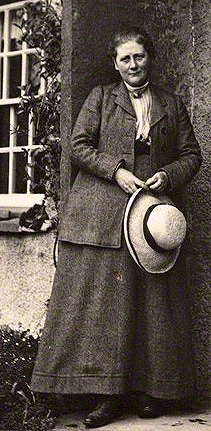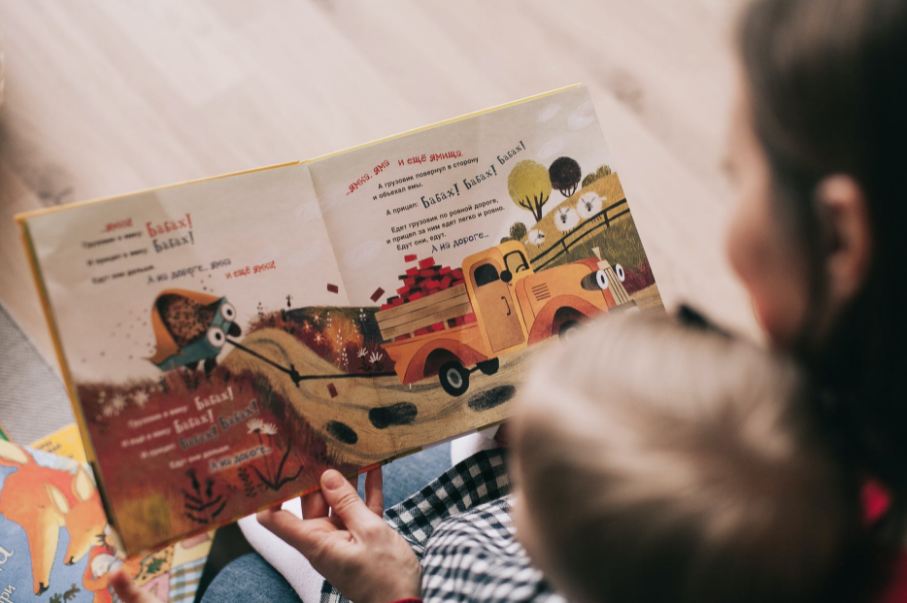Classic Rhymes for Children in The Nursery Rhyme Book
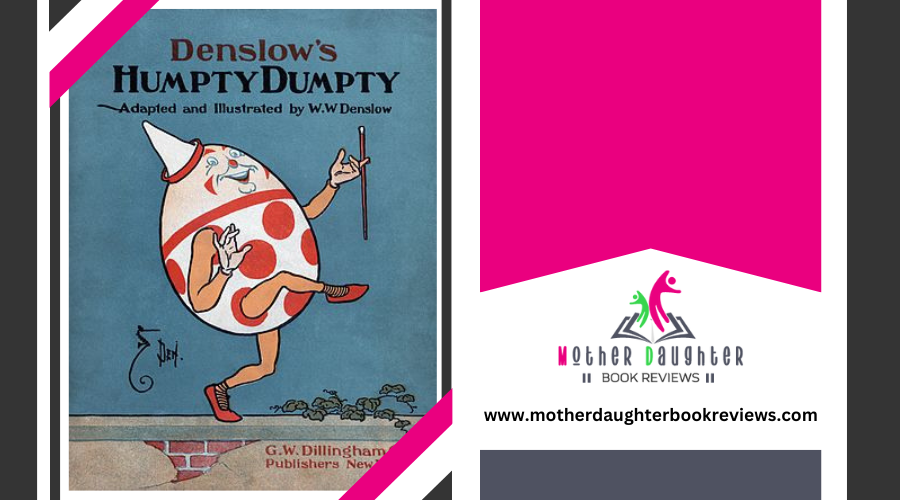
The Nursery Rhyme Book, compiled by Andrew Lang and illustrated by L. Leslie Brooke, is a timeless collection of some of the most cherished nursery rhymes. Published in 1897, this classic book has captured the hearts of children and adults alike for generations. With its engaging illustrations and familiar rhymes, it offers a delightful journey into the world of traditional children's literature.
Why The Nursery Rhyme Book is a Classic
One of the reasons The Nursery Rhyme Book remains a staple in children's literature is the universal appeal of the rhymes it contains. These verses, passed down through generations, connect readers to a shared cultural history. Many of the rhymes have roots in folklore, historical events, and simple storytelling, making them rich with meaning despite their brevity.
You'll find the book filled with rhymes that teach, amuse, and captivate. Whether it’s the mysterious "Hey Diddle Diddle," with its playful imagery of a cow jumping over the moon, or "Little Miss Muffet," which introduces themes of curiosity and fear, each rhyme invites young minds to wonder and engage with the world around them.
Beloved Rhymes Featured in the Book
The Nursery Rhyme Book includes many of the most well-known and beloved nursery rhymes that have been sung or recited in nurseries, classrooms, and homes for centuries. Some of the most iconic rhymes featured in this collection include:
- "Jack and Jill": The classic tale of two children going up the hill has enchanted readers with its sing-song rhythm and simple storyline.
- "Baa Baa Black Sheep": This rhyme, known for its catchy repetition, teaches sharing and the concept of giving.
- "Mary, Mary, Quite Contrary": With its enigmatic imagery, this rhyme sparks imagination, encouraging children to wonder about the mysteries of Mary's garden.
- "Old King Cole": A jolly rhyme about a merry old king who calls for his fiddlers, this verse brings music and joy into children's early experiences with literature.
These rhymes serve not just as entertainment but also as tools for helping children understand patterns, rhythm, and sequencing. Children begin to anticipate the next line, building cognitive skills as they joyfully recite these verses.
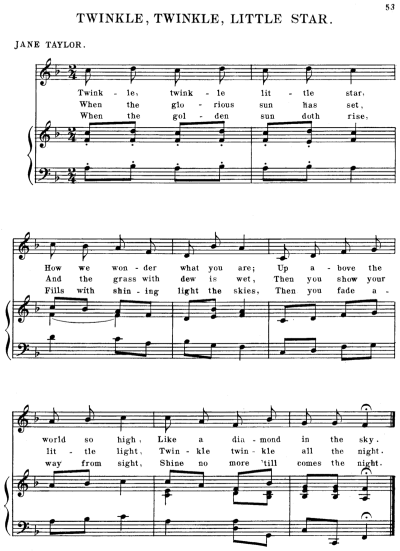
Timeless Appeal of Nursery Rhymes
Throughout the generations, nursery rhymes have captivated young minds and held a timeless appeal. You might wonder why these simple verses have such a lasting influence. One reason lies in their cultural significance. These rhymes often reflect the values, traditions, and humor of the societies from which they originate. By sharing these rhymes with children, you're not just entertaining them; you're also passing down a piece of cultural heritage that connects them to their roots and history.
Another key factor is the use of rhythmic patterns. The catchy, repetitive beats make these rhymes easy for children to remember and recite. This rhythmic quality helps in developing early language skills, as children learn to recognize phonetic sounds and patterns. You'll notice that the lively cadence keeps them engaged and boosts their listening abilities.
Historical Origins
Understanding the historical origins of nursery rhymes adds another layer to their timeless appeal. By delving into their past, you'll uncover how these simple verses carry rich cultural significance and literary influence. Many nursery rhymes date back centuries, often reflecting the social and political landscapes of their times. For instance, "Ring a Ring o' Roses" is believed to reference the bubonic plague, illustrating how these rhymes could serve as historical snapshots.
Moreover, the literary influence of nursery rhymes shouldn't be underestimated. They've inspired countless authors and poets, from Lewis Carroll to Roald Dahl, who've drawn upon their rhythmic and thematic elements. Understanding these roots helps you appreciate how nursery rhymes have shaped and enriched literary traditions. By exploring their historical origins, you gain a deeper appreciation for the enduring charm of these classic verses.
Popular Classic Rhymes
When you think of nursery rhymes, certain timeless verses likely come to mind. "Twinkle, Twinkle, Little Star," "Humpty Dumpty," and "Mary Had a Little Lamb" are among the most beloved classics. These rhymes have been enchanting children for generations, thanks to their playful melodies and engaging stories. Each of these rhymes offers a unique blend of simplicity and charm, making them easy for young minds to remember and cherish.
What makes these rhymes stand out is not just their catchy tunes but also the contributions of famous authors who brought them to life. For instance, "Twinkle, Twinkle, Little Star" was penned by Jane Taylor, whose lyrical magic has delighted countless children. In a similar way, "Mary Had a Little Lamb" owes its enduring popularity to Sarah Josepha Hale, whose poetic touch transformed a simple tale into a timeless classic.
Educational Benefits
Along with their delightful melodies and playful stories, classic nursery rhymes offer numerous educational benefits that extend beyond mere entertainment. When you introduce children to nursery rhymes, you're giving them a head start in language development. The rhythmic patterns and repetitive phrases help kids grasp the sounds and structures of words, making it easier for them to learn to read and speak.
Furthermore, nursery rhymes improve cognitive skills. By memorizing and reciting these rhymes, children practice their memory and recall abilities. This repetition also strengthens their understanding of sequences and patterns, which are essential for mathematical thinking. Moreover, the simple narratives in nursery rhymes introduce basic storytelling elements, fostering creativity and comprehension.
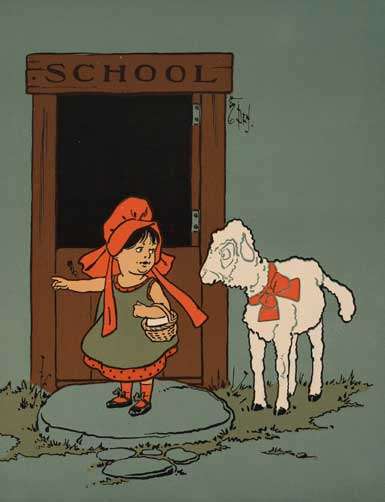
The Role of Illustration
One of the standout features of The Nursery Rhyme Book is the charming illustrations by L. Leslie Brooke, which bring the rhymes to life. The black-and-white drawings are full of expression and whimsy, perfectly complementing the playful tone of the text.
Brooke’s illustrations capture the magical world of nursery rhymes, offering a visual dimension to the words that spark children’s imaginations. The characters in the book, whether they’re kings, cats, or sheep, are depicted in ways that make the rhymes more engaging and accessible for young readers. For instance, his illustration of "Humpty Dumpty" sitting on a wall adds a sense of drama, making the familiar rhyme even more memorable.
How to Engage Children
Engaging children with classic nursery rhymes can be both fun and rewarding. You can capture their interest through interactive activities that make the rhymes come alive. Start by incorporating hand motions and gestures that go along with the words. For example, when reciting "Itsy Bitsy Spider," use your fingers to mimic a spider climbing up a water spout. This not only makes the rhyme more engaging but also helps with motor skill development.
Rhythmic games are another fantastic way to keep children engaged. Clap your hands or use simple percussion instruments like tambourines or maracas to keep the beat while you chant the rhymes. This provides a musical element that children love and helps them understand the rhythm and flow of language.
You can also create a storytelling session where children act out the nursery rhymes. Assign roles and let them use props to bring the stories to life. This encourages creativity and elevates their confidence. Moreover, using colorful illustrations or visual aids helps maintain their attention and improves their understanding of the rhymes.
Why Nursery Rhymes Matter for Children's Development
Reading or singing nursery rhymes to children provides more than just entertainment—it lays the foundation for essential language skills. Nursery rhymes help children develop a love for language through their melodic rhythms and simple, repetitive structures.
Here are a few key benefits nursery rhymes offer for a child's development:
- Language Development: Nursery rhymes expose children to a rich vocabulary and introduce them to different sounds, helping them develop speech and early literacy skills.
- Memory and Recall: The repetitive nature of nursery rhymes aids in memory development, as children begin to remember the words, lines, and patterns after repeated exposure.
- Emotional Bonding: Singing nursery rhymes together fosters emotional bonding between parents and children. It's an opportunity to share in the joy of language and rhythm.
- Imagination and Creativity: Nursery rhymes are often filled with fanciful characters and imaginative scenarios, encouraging children to dream and create their own stories.
With The Nursery Rhyme Book, you can introduce children to these rhymes in their classic form, helping them build the foundational skills they need for lifelong learning.
Conclusion
From the rhythmic charm of "Twinkle, Twinkle, Little Star" to the playful adventures of "Humpty Dumpty," these rhymes have become an essential part of childhood, offering more than just entertainment. They build a foundation for language skills, creativity, and a connection to cultural heritage. Whether passed down through generations or experienced through modern adaptations, nursery rhymes create joyful and meaningful moments that help children grow, learn, and appreciate the magic of words.



